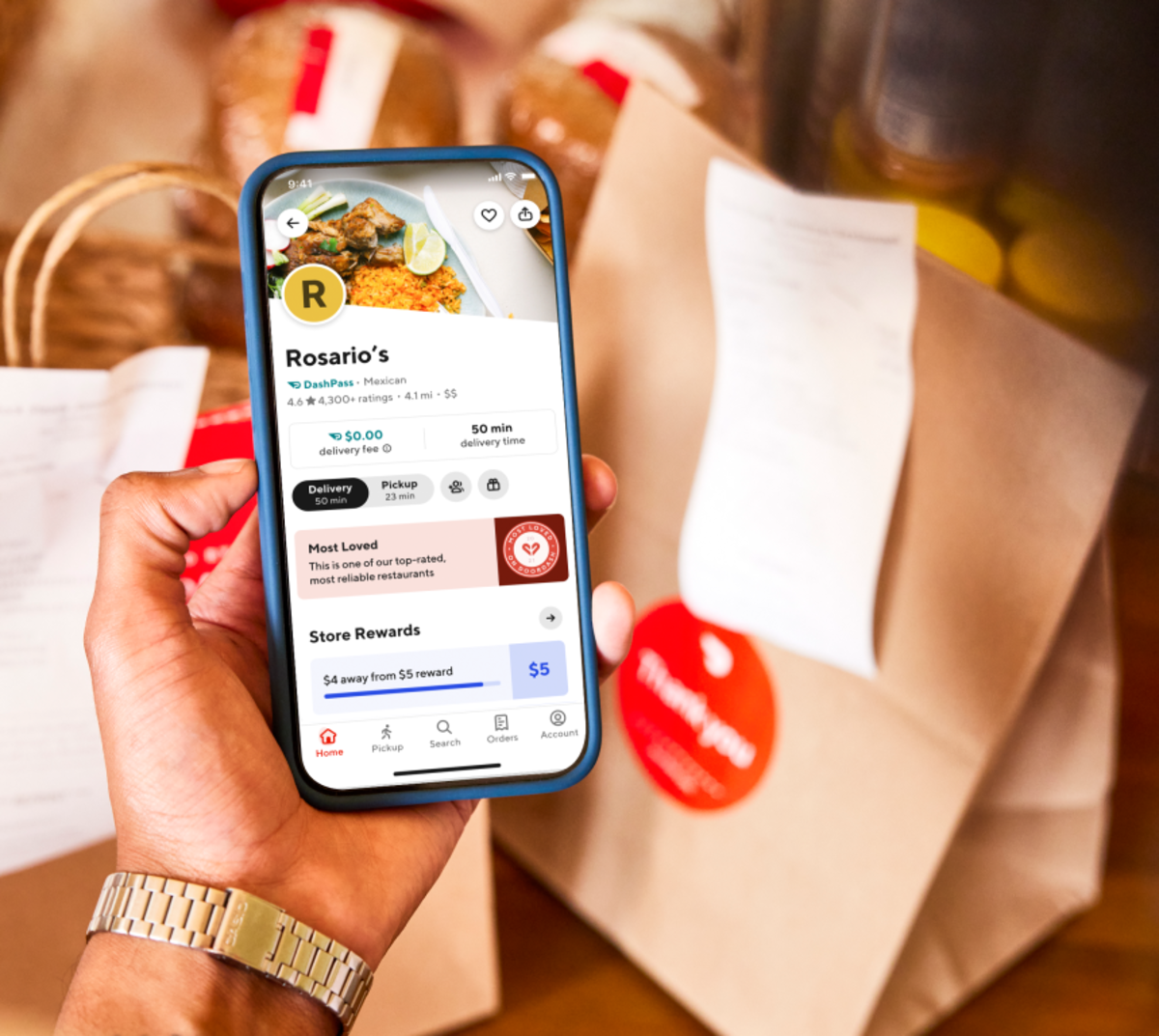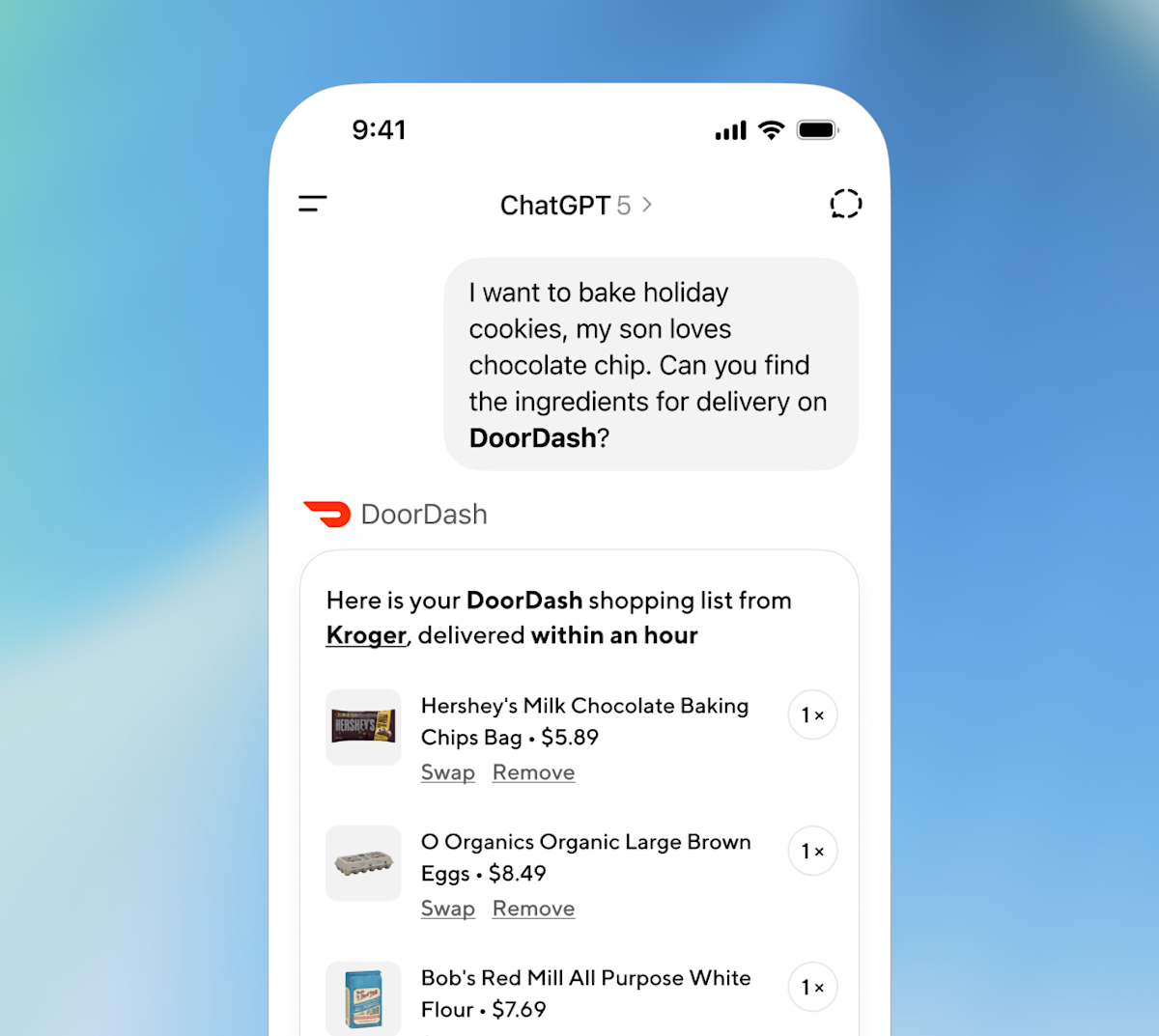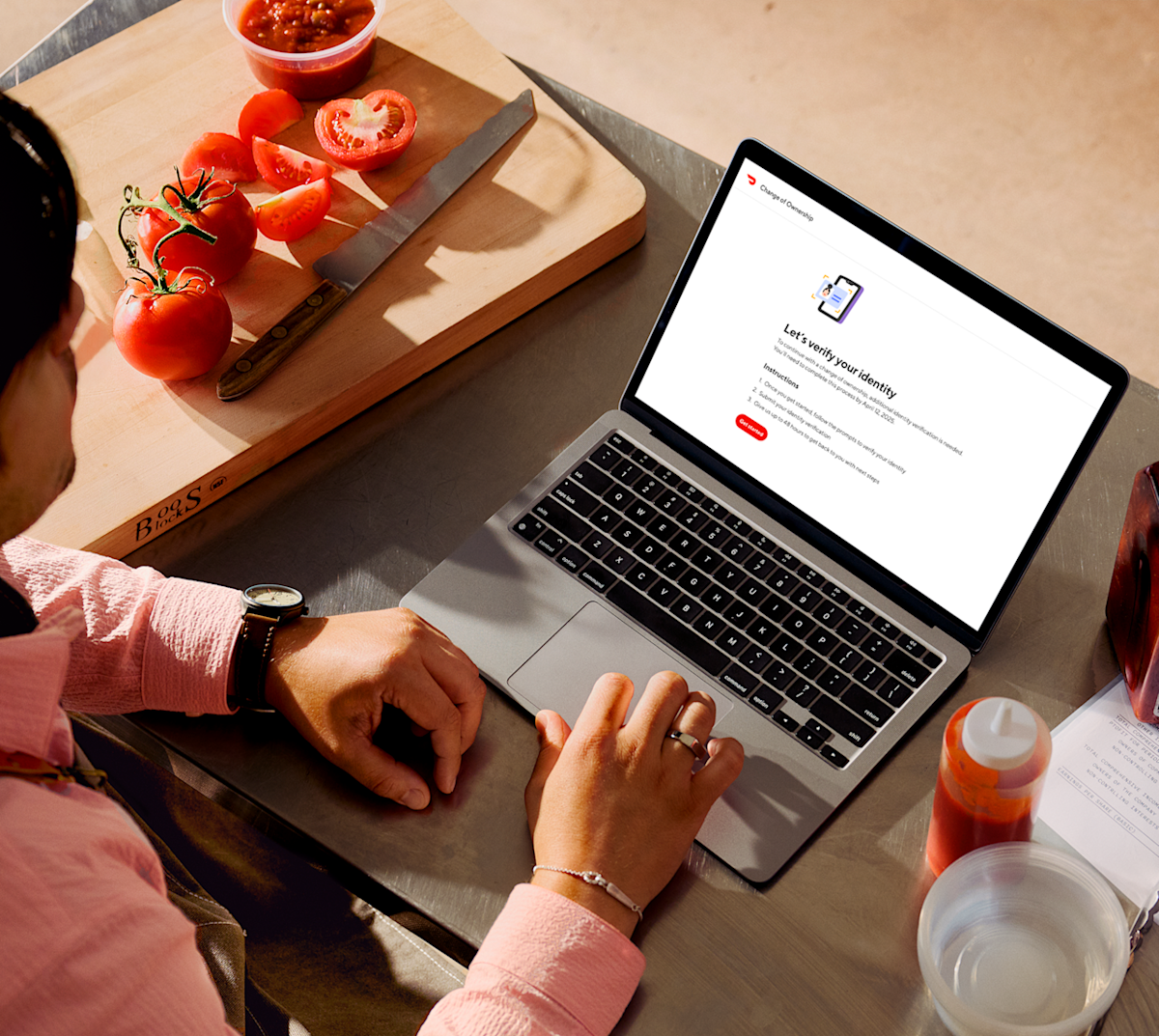DoorDash has evolved hand-in-hand with merchant partners throughout the last decade, even as the world was turned upside down nearly overnight during the pandemic. Our mission to empower local economies is unwavering, showcased by our constant pursuit of developing and equipping merchants with state-of-the-art products, services, and insights to help grow their business.
To power the next era of growth for merchant partners, we’re debuting a lineup of new features including bespoke growth recommendations born from machine-learning, new ways for restaurants to reward loyal customers, and even more features for Storefront to optimize the performance of their first-party channels.
“Our Marketplace has generated over $100 billion in sales for merchants over the past decade, all made possible by asking one local business in Palo Alto how we could support their growth,” said Tom Pickett, Chief Revenue Officer at DoorDash. “The products we’re unveiling today are a reflection of what partners are looking for in their continued partnership with DoorDash, as no partner is unique and has different business goals across their various ordering channels.”
Unveiling Personalized Growth Recommendations
Many restaurant operators aren’t looking to spend hours of their time becoming technology experts, rather spending this time connecting with guests and providing the best experience possible. DoorDash is proud to unveil a new, curated experience for restaurant partners within the Merchant Portal supporting this insight.
Restaurateurs in the United States can now sign into the Merchant Portal and immediately see bespoke recommendations to further support the growth of their business. These recommendations are developed by analyzing the hundreds of thousands of stores on DoorDash, coupled with soliciting and addressing feedback from operators over the past decade. Examples of suggestions which can drive additional volume include:
Providing insights on how to improve operations which could help increase store sales.
Sharing best practices on optimizing menus for conversion with high-quality menu photos.
Or even adopting a product new to their business, like DashPass or Sponsored Listings.
Restaurant partners interested in taking action on a recommendation and seeing how their business may benefit can do so within their Merchant Portal to maximize their partnership with DoorDash.
Strengthening Customer Relationships
Restaurants are continuing to expand ways to connect with their customers – whether that’s through dining in-store, offering pickup, or increasing convenience with delivery. To support restaurant partners in strengthening and developing relationships with loyal customers who order time and time again, we’re debuting a new customer rewards feature where restaurateurs can choose to reward customers for their repeat patronage on DoorDash, building lifelong customers.
Operators in the United States, Canada, Australia, and New Zealand can establish criteria for their spend-based program, including choosing the reward amount, how much customers have to spend to earn the reward, and which stores their program will be activated across. Within just a few pickup and delivery orders, customers will be able to enjoy a dollar-off reward on their next purchase from the given restaurant.
“Customers across the United States appreciate the selection of Ben & Jerry’s flavors and menu items to choose from and customize at their closest Scoop Shop,” said Jay Kasparian, Retail Digital Marketing Manager at Ben & Jerry’s. “Offering a rewards program on DoorDash is one way we’re able to encourage customers to try more of our exclusive flavors loaded with chunks and swirls and provide an extra treat for our most frequent Ben & Jerry’s Scoop Shop loving fans.”
Operators can create this reward within the Solutions Center in the Merchant Portal – all with no additional marketing fees or commissions, except for the cost of the reward itself.
Enhancing Direct Channels Through DoorDash’s E-Commerce Expertise
In addition to new features we’re unveiling for Marketplace partners, DoorDash is announcing new and enhanced features for Storefront to fuel the continued growth of a restaurant’s first-party online ordering channel – all while enabling operators to maintain flexibility and choice of their website experience.
Enhanced Customization Options: In efforts to extend existing branding to online surfaces, operators can now select customized fonts (currently supported: Google Fonts) and a wider range of colors to unify their holistic presence.
Intuitive Ordering Experience: Customers browsing a restaurant’s menu powered by Storefront can now see item-level ratings carried over from store pages on DoorDash Marketplace. This is one way customers can easily identify the best and most popular items on the menu.
New Conversion Features: On average, restaurants see a 26% increase in sales on DoorDash after adding Storefront.* To drive even more orders for restaurants, DoorDash now provides the option to add Smart Buttons – an eye-catching “Order Now” button which directs customers in one click from a restaurant’s website to their online ordering page. Operators who have added a Smart Button to their website saw an average increase of 30% in their online ordering sales.** Once customers are ready to place an order, they now have the option to leverage their existing DoorDash credentials, helping to prevent cart abandonment and making for a faster, more seamless experience.
The new features we’re announcing today are designed to spark even more growth online for restaurants, regardless of where an order is placed – and we couldn’t be happier to continue standing alongside these entrepreneurs for the decades to come.
*Data compares DoorDash partner sales on the DoorDash App to DoorDash partner sales on Storefront as incremental sales, in the first 30 days after they add Storefront as an online ordering system, as of January 2021.
**Based on sales from the early adopter restaurant partners for two weeks following post-implementation of the smart button as compared to sales for the two weeks prior to implementation of the smart button.



